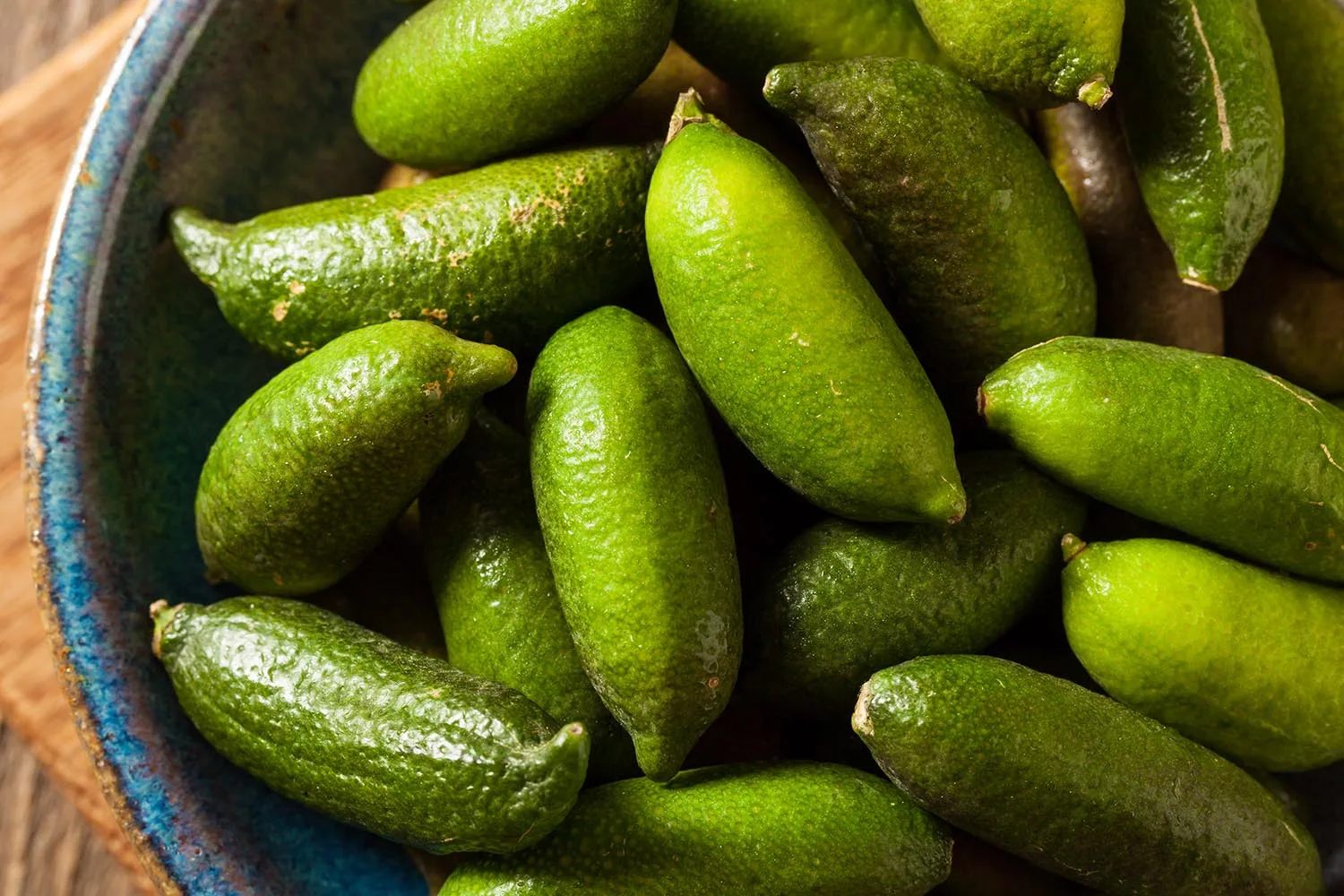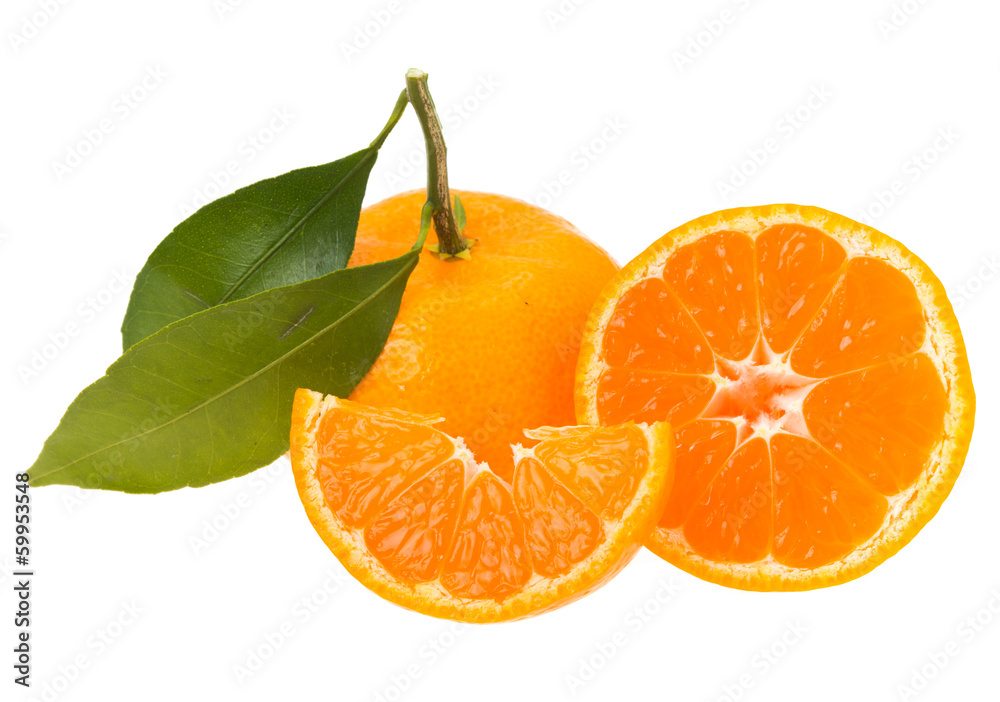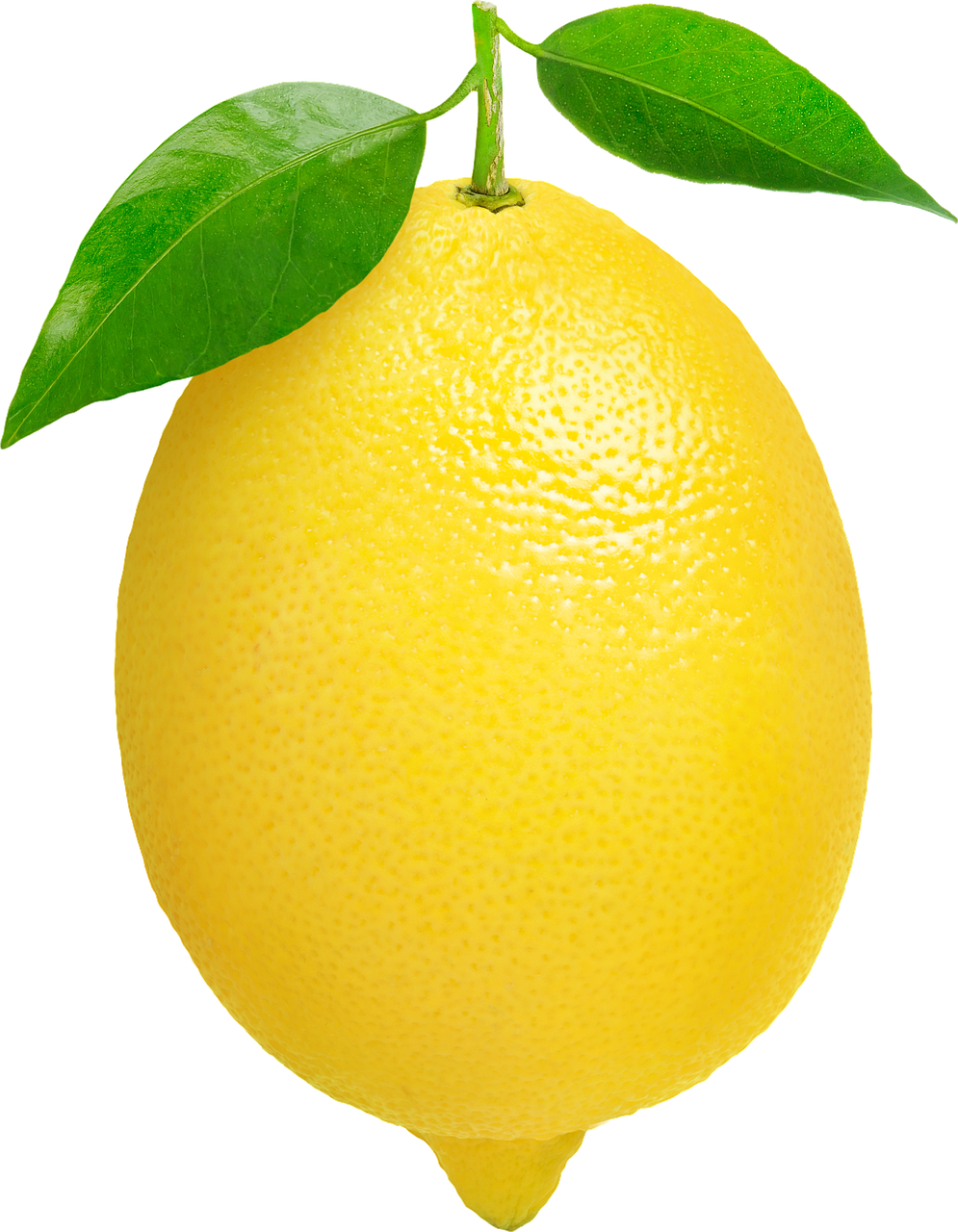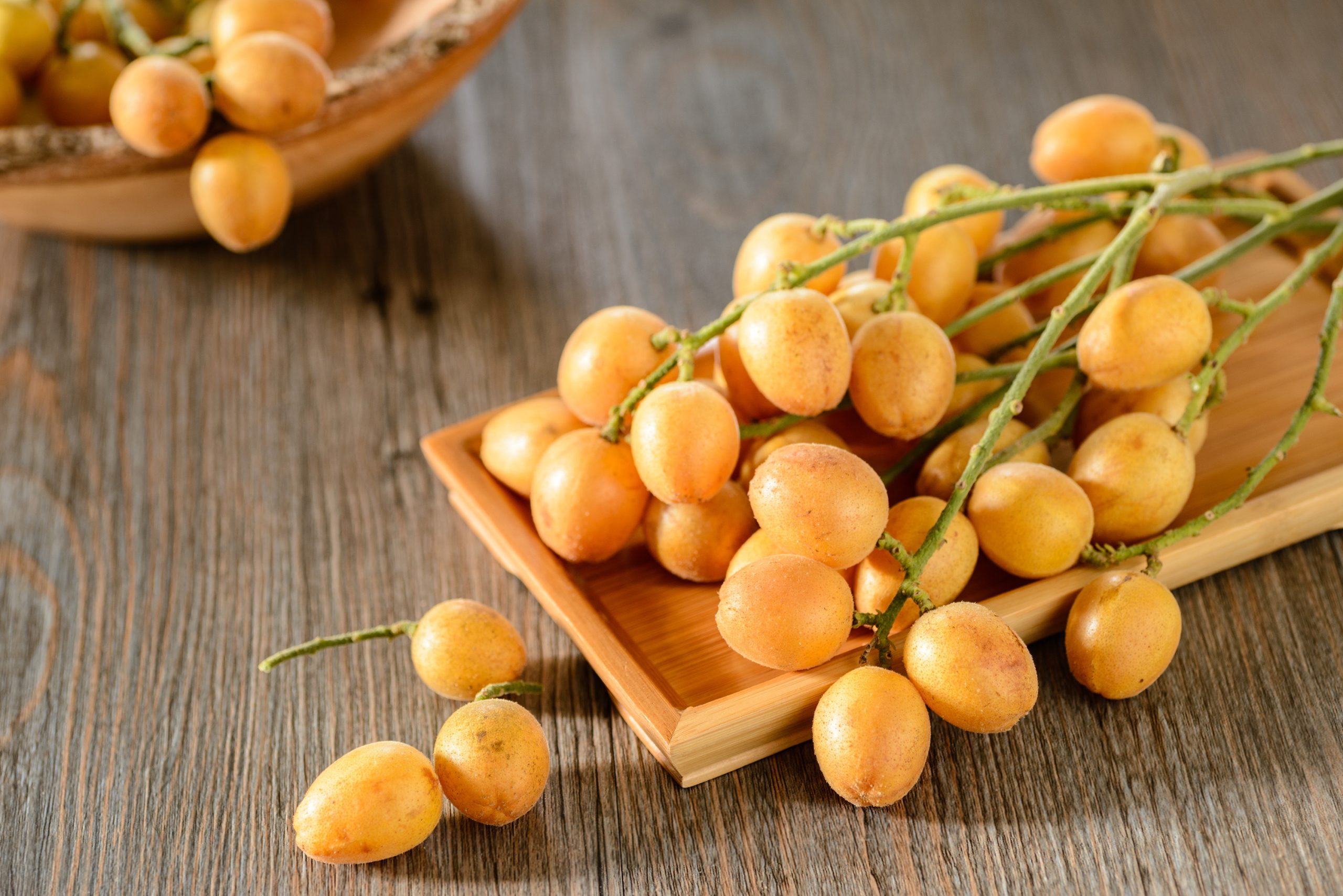Finger Lime (Citrus australasica F. Muell.): Characteristics, Varieties, Nutritional Benefits and Distribution
The finger lime (Citrus australasica), part of the Rutaceae family and Citrus genus, is a rare citrus fruit native to Australia. It is famous for its unique caviar-like pulp—often referred to as “Citrus Caviar.”
Characteristics
The finger-shaped fruit measures about 4-8 cm long and 1-2 cm wide, with smooth skin that varies in color—green, yellow, red, pink, or even black. Unlike typical citrus fruits, which have juicy segments, finger limes have countless tiny vesicles resembling fish roe that burst open, releasing fresh juice when bitten into. Their pulp matches their exterior colors, such as greenish, yellowish, reddish, and pink tones. They have an acidic taste and a mixed herbal-floral aroma, which makes them stand out from other similar types available today. They also contain small seeds.
Varieties
This slow-growing shrub or small tree comes in many different varieties, each having distinct differences regarding size, flavor, maturity period, and so on. Some popular ones include:
- ‘Green Alstonville’: Green-skinned and light-green-fleshed.
- ‘Pink Ice’: Green-skinned and pink-fleshed.
- ‘Red Champagne’: Dark-reddish-brown-skinned and red-fleshed.
- ‘Yellow Gold’: Yellow-skinned and light-yellow-fleshed.
- ‘Black Pearl’: Dark-purple-skinned and pink-fleshed.
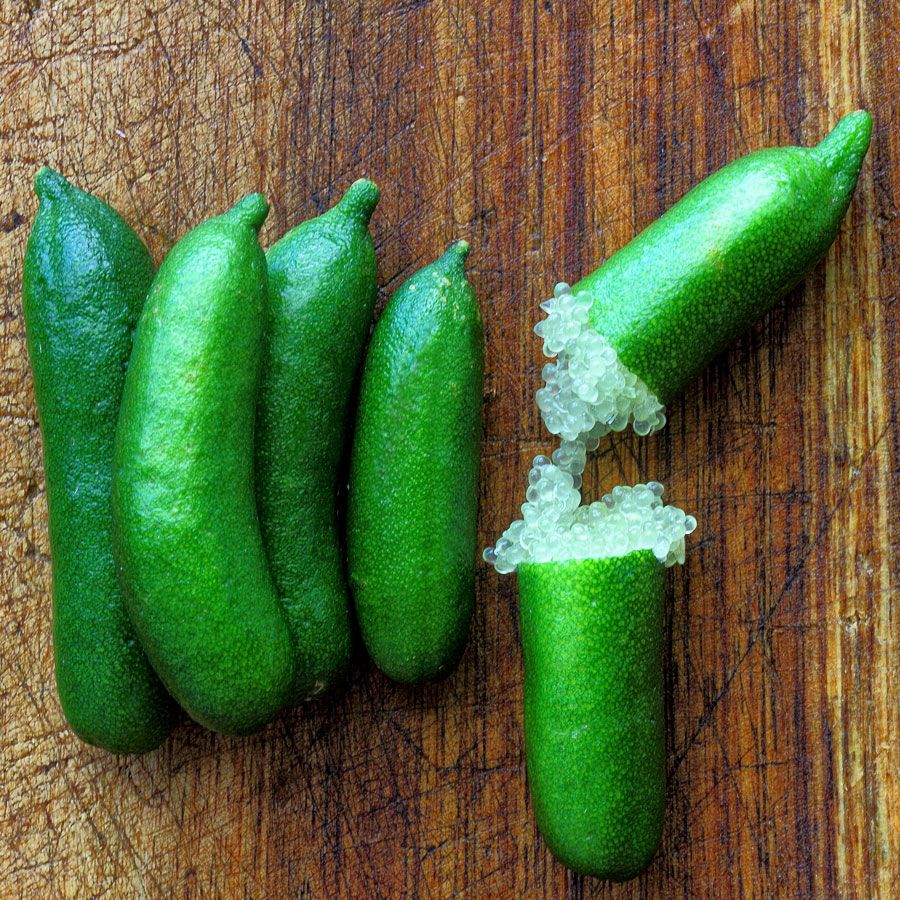
Nutritional Benefits and Uses
Packed with nutrients such as Vitamin C and B-group vitamins, along with potassium and folic acid, and containing powerful antioxidants called flavonoids, among others, these little gems offer immense health benefits ranging from boosting immunity, aiding digestion, to providing overall protection against oxidative stress.
This makes them highly sought-after ingredients, especially within gourmet culinary circles worldwide, where chefs use them creatively, adding unique textures and flavors into dishes, enhancing dining experiences.
Distribution and Cultivation
Originally hailing from Eastern Australian coastal rainforests, they are now commercially grown across various regions globally, including the USA, Europe, and Asia. Pomelos flourish best under warm, humid conditions where sunlight abounds and soil drains well. Thanks largely to the rising demand and high-value proposition offered by this exotic species, despite relatively lower yields compared to conventional counterparts, they command premium prices in markets everywhere today.
